To print a design on a T-shirt, all you need these days is a digital file and an internet connection. In a few simple steps, you can kickstart an online apparel shop, create merch, customize employee uniforms, or produce custom gifts.
The T-shirt printing process is now widely accessible, with so many easy ways to get your unique garment made. With each printing method having its own price tag, requirements and capabilities, the endless options can be intimidating for novices. In this article, we’ll break down the different types of T-shirt printing to help you decide which method is right for you. And once you’ve made that decision, you can get your T-shirt printed and delivered all in one place.
How to decide which T-shirt printing method to use
There are three main factors to consider when researching T-shirt printing methods. Assess your needs against each of the following points.
Quality
When it comes to T-shirt printing quality, don’t think in terms of “good” or “bad”—save that for a specific printing service.

Source: Some printing methods can produce special effects and finishes, like weathering. Design by marbona
Rather, different printing methods produce varied results when it comes to the following:
- Colors, in terms of how many the printer can handle and requirements for the base shirt color
- Compatible fabrics, specifically natural (cotton, fleece, jersey) vs synthetic (polyester, lycra, rayon)
- Texture, whether the print feels artificial or natural and whether the printer can produce special finishes
- Durability, how easily the design will fade with washing and wear
Efficiency
Depending on their process and the nature of the design, some T-shirt printing methods require more time while others prioritize fast turnarounds. In addition to the actual time it takes to print, make sure to account for set-up and delivery times. Always confirm the exact timing with any printing service that you are working with.
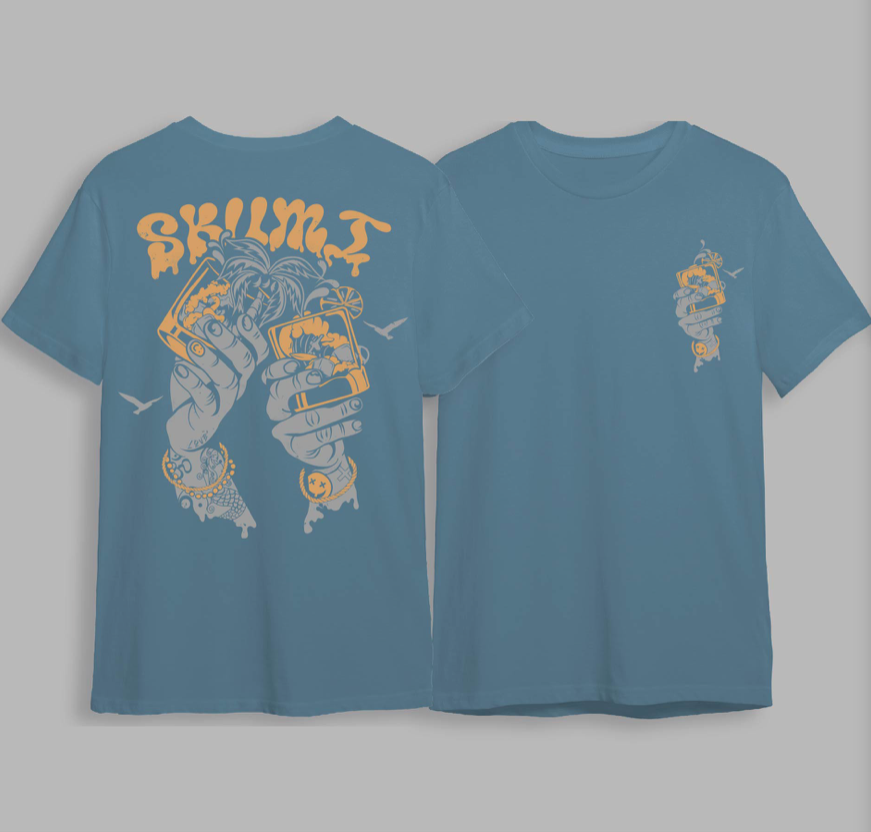
Source: Design by mañana_art
Cost
The cost of printing depends not only on the method but whether you are buying equipment yourself or working with a print shop. In the case of DIY, there are substantial start-up costs (around the low $1000s for cheaper machines) and ongoing costs for ink and other materials, but you may save money in the long run if your business requires a lot of printing. With that said, in this article, we’ll focus on using a printing service.

Source: Design by Odius
Factors that affect cost include:
- Printing method
- Color count
- Design size
- Special effects and finishes
- Order quantity
There may be other factors specific to your needs, such as inventory storage and delivery fees, but print-on-demand services can mitigate these.
Print-on-demand (POD) is a graphic printing service where a third-party company handles customer orders, the printing of the design and delivery. Essentially, once you’ve integrated POD into your online shop, all you have to do is upload your design and the POD service will take care of order fulfillment whenever a customer orders. However, since each item is individually printed, you won’t save money on bulk orders.
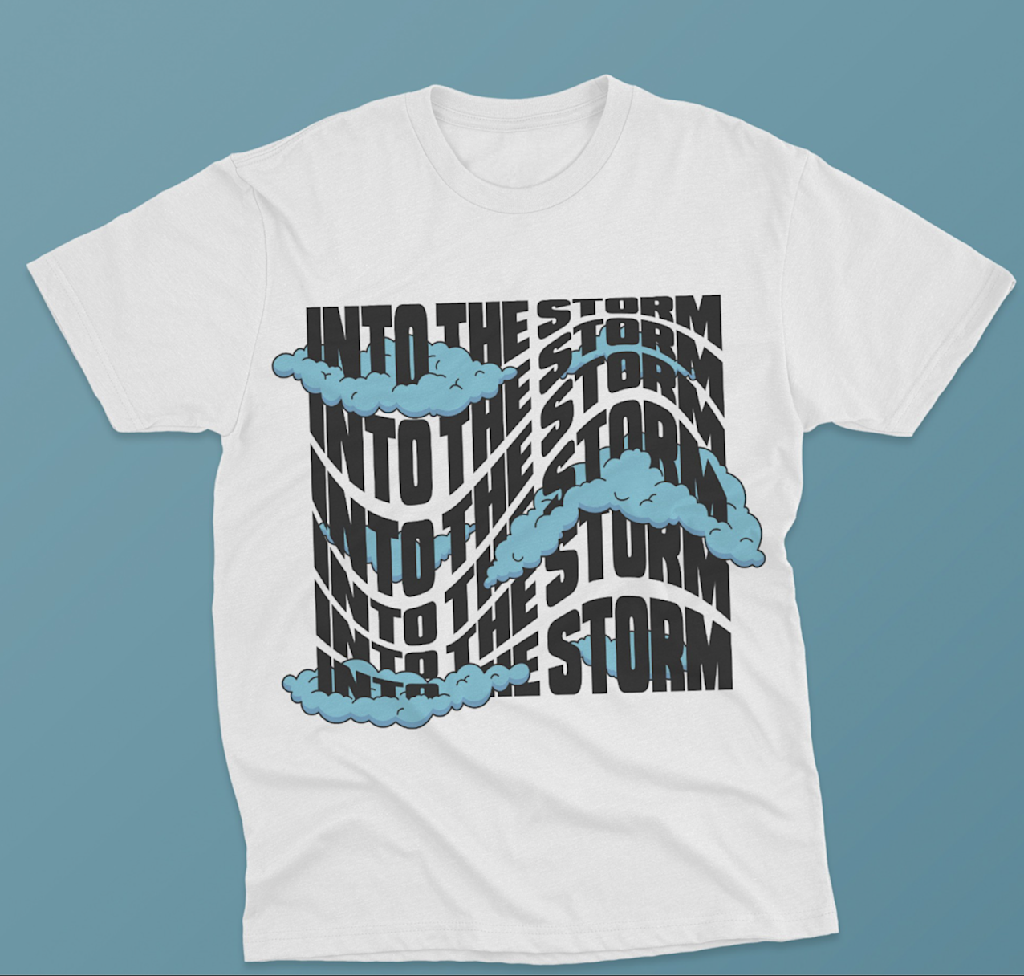
Source: Design by Digital Man ✅
Different types of T-shirt printing compared
These are the most common T-shirt printing methods. We’ll discuss each one in detail, but first here’s a quick rundown of their best uses.
- Direct-to-Garment (DTG) Printing: Best for high color counts and POD or small orders
- Screen Printing: Best for bulk orders with minimal colors
- Heat Transfer Printing: Best for a glossy feel and a durable design
- Direct-to-Film (DTF) Printing: Best for vivid colors and blended fabrics
- Dye Sublimation or All-Over Printing (AOP): Best for all-over patterns and synthetic fabrics
- Vinyl Printing: Best for sports team jerseys and lettering-based designs
- Plastisol Transfer Printing: Best for special finishes and small orders
6 popular methods for printing on T-shirts
Direct-to-Garment (DTG) Printing
The Direct-to-Garment or DTG printing method uses water-based ink to print the design—as its name implies—straight onto the fabric. No intermediate material, such as a stencil, means less waste. This method is also more efficient, requiring only a digital design file, making it the go-to method for POD.
Because the fabric absorbs the ink, the design becomes an integrated part of the shirt. DTG printing also allows for high-fidelity and an unlimited range of colors, though it is more susceptible to fading with washing.

Source: via DepositPhotos
Pros
- Multiple colors
- Suitable for one-offs, small orders or test prints
- POD compatible
- Produces less material waste
Screen Printing
The screen printing or silkscreen method uses a squeegee to press inks through a mesh stencil onto the T-shirt. Each color requires a separate stencil, making complex patterns or detailed designs difficult to produce. Screen printing makes up for this with unmatched efficiency. The setup time can be more involved (especially for DIY printers) since it requires multiple stencils for multi-colored designs, but after that, this printing method is the go-to for bulk orders.
Pros
- Great for designs with minimal colors
- Ideal for bulk orders
- Cost effective and fast
Cons
- Limited color options
- Lower level of detail and resolution
Heat Transfer Printing
The heat transfer method involves printing an ink onto transfer paper, which is then applied to the garment with a heat press. In general, heat transfer printing produces raised, plastic-like, durable designs. These are the four main types:
Direct-to-Film (DTF) Printing
Direct-to-Film (DTF) printing is a heat transfer method that combines water-based inks with a polyethylene terephthalate (PET) film transfer sheet. Once the design is printed onto the PET film, it’s then applied to the garment using adhesive powders and a heat press.
Because the design is printed on top of the garment rather than blending with the fabric, it creates a less natural feel but colors are more vivid. This also means that DTF printing works with almost any fabric type.

Source: via DepositPhotos
Pros
- Unlimited color range
- Compatible with both natural and synthetic fabrics
- Suitable for any base color shirt
- Creates a glossy effect
Cons
- Slower printing process
- Involves more materials, higher cost
- Not eco-friendly
- Less natural-feeling print
Dye Sublimation or All-Over Printing
Dye sublimation is a heat transfer printing method that uses dye-based inks and vapor blending. When the transfer paper is heated, it undergoes sublimation—the abrupt transformation of a solid into a gas. This gaseous dye merges with the fabric fibers, creating an integrated and durable print.
Because natural fibers are prone to bleed-through with dye sublimation, this method is ideal for synthetic fibers. Dye sublimation is also referred to as all-over printing, because it’s capable of covering the shirt with a design.
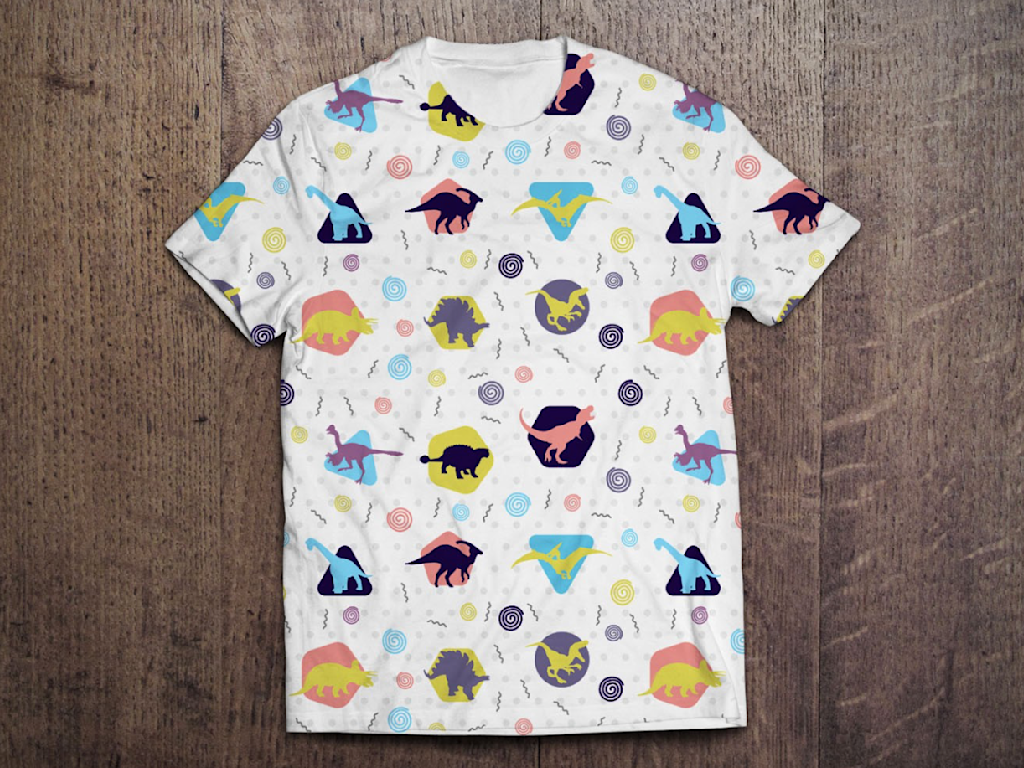
Source: Design by Aves Valentina
Pros
- Compatible with large designs and all-over prints
- Ideal for synthetic fabrics
- Graphics do not fade as easily
Cons
- Incompatible with natural fabrics and white base shirts
- Generally higher cost
Vinyl Printing
Vinyl printing involves cutting a design from a vinyl sheet and using a heat press to apply it to the garment. Although different colored vinyl sheets can be used, the design is typically one solid color.
Because this type of printing is generally used for lettering, it’s most commonly seen on sports team jerseys, where players’ numbers are displayed on the back of their shirts. Brands also use vinyl printing to emphasize their wordmark.
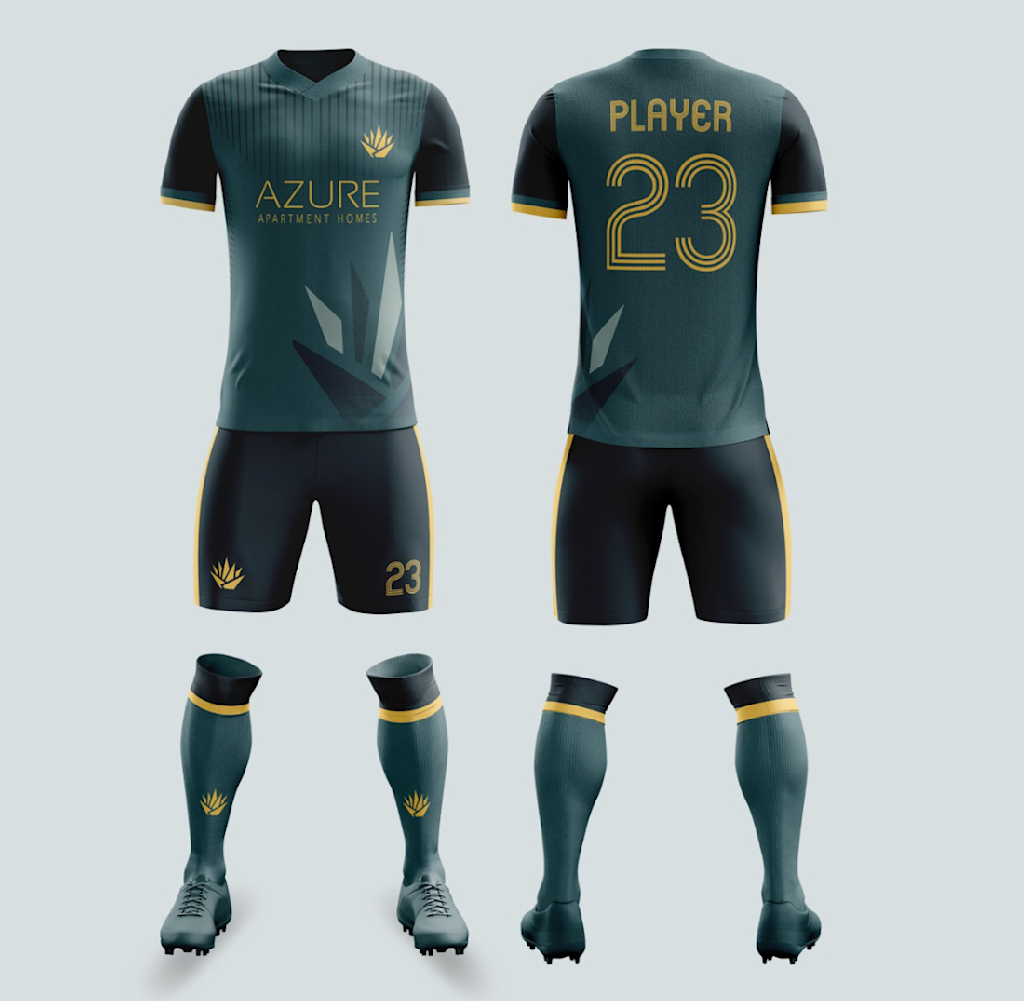
Source: Design by andana
Pros
- Compatible with darker base shirts and most fabrics
- Produces a sleek, raised design
- Results are highly durable
Cons
- Limited to number or letter-based designs and solid color applications
- Lengthier process, involves precise cutting
- Not suitable for complex designs or patterns
Plastisol Transfer Printing
Plastisol transfer printing is a combination of screen printing and heat transfer methods; inks are applied onto a transfer sheet using a silkscreen stencil and the sheet is applied to a shirt using a heat press.
Compared with traditional screen printing, this method can achieve special finishes, like glosses and textures. Unlike screen printing, plastisol transfer printing is not useful for bulk orders since each shirt requires its own printed transfer sheet.
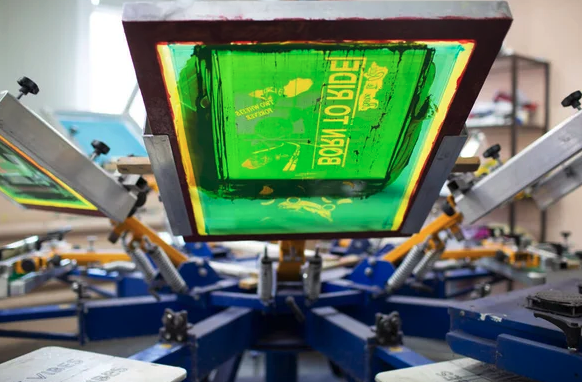
Source: via DepositPhotos
Pros
- Ideal for special finishes and textural effects
- Durable print
Cons
- Longer printing time
- Not suitable for bulk orders
Get your T-shirt printed today
Depending on which T-shirt printing method you choose, the result, price and speed can vary. Get your T-shirt design settled first. Once you know how your design should look, you will have a checklist to compare each different printing method against. And when you’re ready to print, we’ll walk you through each step from uploading your design to finalizing your T-shirt order.